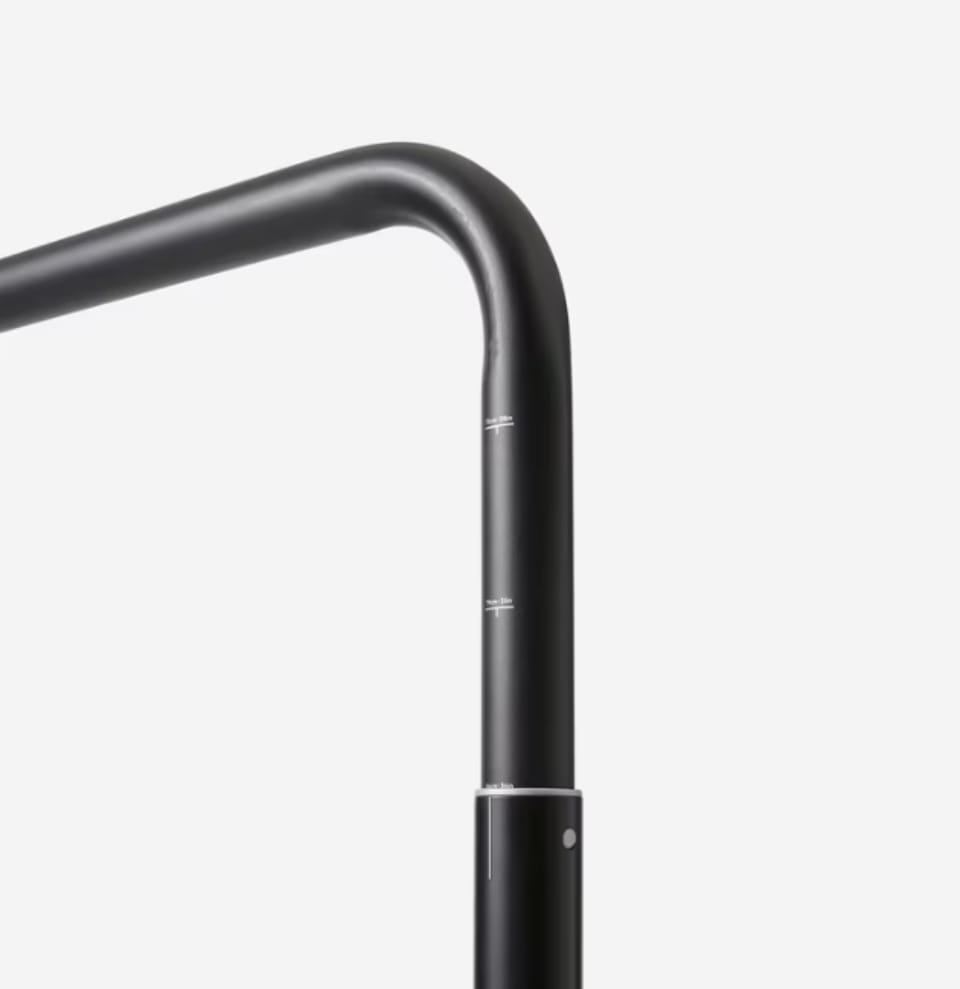
The margins to getting it right are really small.
One of the things that really bugs me about equipment made by Decathlon, Amazon Basics, Cult Fitness, Flexnest etc is some of the choices they make for dumbbells, pull ups bars tells me they either think the users don’t care about the details. Or they really don’t think the details matter.
Let me spell out what i mean by details.
Amazon makes a dip stand. So do Decathlon. As do USI and many others.
If you’ve done dips often enough, you’ll know that 38-40 mm is the minimum thickness to get a solid grip to push through the point of where the palm meets the wrist. A thinner grip makes it uncomfortable. Thickness up to 60 mm feels good.
But most dip stands are made using 32-33 mm thick pipes. They put a slippery foam pad on it that wears through and provides terrible grip.
The thickness of pull up bars? Between 27 mm and 35 mm based works nicely. Distance between neutral grips? 16-20 inches. Most bars are much narrower.
The thickness of dumbbells below 10 kgs is over 40 mm. This is uncomfortable to hold. But it’s the norm. 28 mm is about right for that weight.
Most Indian-made trap bars put the distance between handles at 24-25 inches. When most Indian frames could use 20-22 inches to be able to squeeze the shoulders and set it in place for deadlifts, shrugs and carries.
Most hack squats do not allow people below 5 feet 6 inches to squat to parallel. Indian gyms still buy this and put it on their floors. And the floor plate cannot be moved to accommodate shorter people.
Gym equipment is a great design playground. Textures, thickness, finishes, materials, distances, tolerances and adjustability all go a long way.
Companies treat it less like a playground and more like a landfill.
But how do the larger companies do it now? They piggyback on whatever is available and affordable in a factory in China or Taiwan, ship it down in a container, put it on a website with plenty of coupon codes and free shipping, and call it a day.
